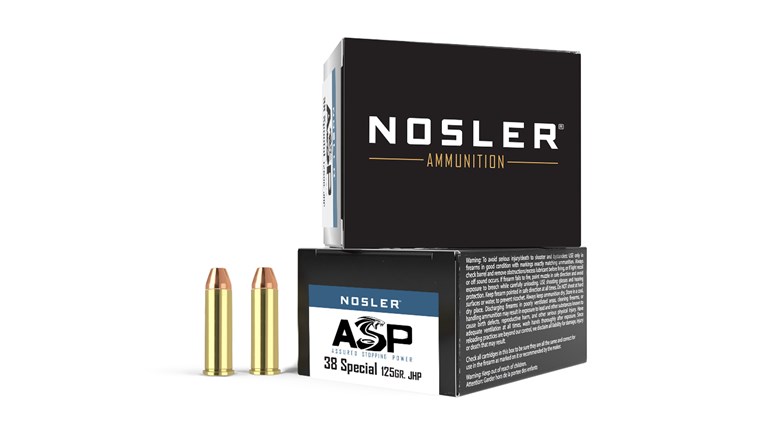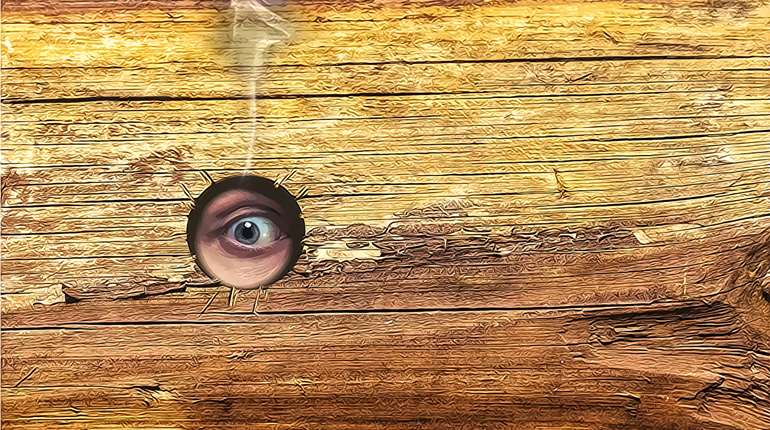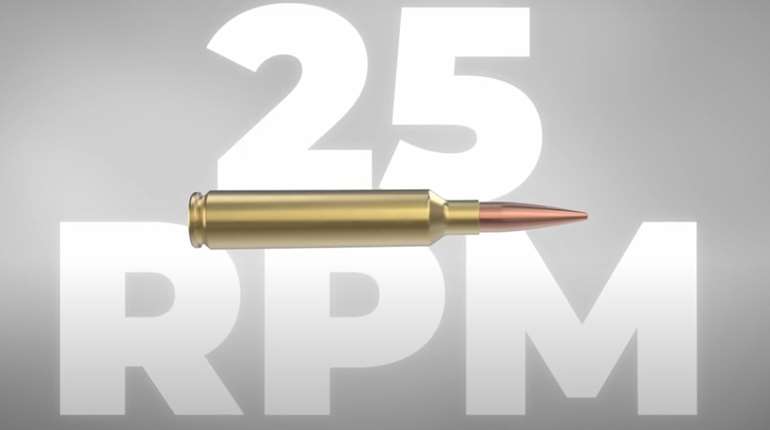Nicely done! All your planning came to fruition, and you just shot a deer. If it didn’t drop within sight, though, the high-fiving may be premature. What you do next will determine whether you go home with fresh venison or just a sob story.
After the Shot
Try to stay focused on the deer. Watch it as long as you can. Before you leave your stand, pick a clear landmark where you last saw the deer. Also pick a landmark where the deer was standing when you shot.
Go to where you last saw the deer, and look for blood. If you fail to find any, go to where the deer was when you shot and search.
If that still doesn’t work, get back in your stand and double-check to make sure you were looking in the right places. It helps if you have another person you can direct to the location while you are in the stand.
First Blood
When you find blood, look at the amount, the color and the location.
Bright red, almost pink, blood is well-oxygenated and is usually lung blood. Darker red is from muscles or maybe even a heart shot. Remember, though, as blood is exposed to the air it can change color quickly.
Look for the location. Is it high up on the bushes and far out from the trail? That might indicate arterial spurting. Does it seem to be in the center of the tracks, even though you took a broadside shot? That might be lung blood leaking out the deer’s nose and mouth. Is it in the track? Maybe it’s running down the leg.
Green, partially digested vegetable matter indicates a gut shot. Resist the tendency to keep tracking that deer. Leave quietly and come back in the morning, or at least six hours later. A gut-shot deer will lie down very quickly and if you leave it alone will die in that bed. But if you keep pushing and jump it, that deer will turn into the Terminator, unable or unwilling to die—and it could run for miles.
Did you find pieces of bone? Trust me, it’s not ribs; it’s leg bone. You may get that deer, but it’s not going to be easy. Stick with it, be quiet and hope for another shot.
A lot of blood at the start of the trail that turns into a few drips, and then in a quarter-mile or so stops, usually means a low hit in the brisket. You are in for a long day with that deer, too.
Mark the Way
If the blood trail is tough to follow, mark the last blood you found with toilet paper so you can easily find it again. Often, if you line up several pieces of toilet paper you left hanging on branches you can see a clear direction of travel, which is a good place to continue the search.
Never use flagging material. I know you plan to come back and take it all down, but plans rarely work out. Toilet paper is biodegradable.
Watch Your Step
Be careful to walk to the side of the deer trail. You never want to step on the tracks or the blood. You may think you won’t need to come back and find them again, but you will probably be wrong. Leave all the sign untrampled.
When the Blood Stops
If you lose the blood trail, make wide, sweeping circles that start and end at the last place you found blood. Keep your eyes on the ground and miss nothing. If you fail to find the trail, make a bigger circle. Repeat as necessary.
When All Else Fails
A grid search is just what it sounds like. Divide the land into a giant grid, just like graph paper. The lines should be close together so that no part of the area is left unseen. Walk along these imaginary lines one by one until you find the deer, or some sign of the deer, or have walked the entire grid.
In the latter case, expand the grid and repeat. Look under every bush and in every brush pile. A mortally wounded deer will often crawl under cover and die there.




































